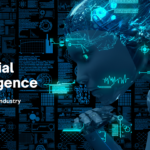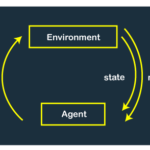AMD: Almost half of enterprises risk ‘falling behind’ on AI
AMD has released insights gleaned from a comprehensive survey of IT leaders, revealing that nearly 50 percent of enterprises are at risk of falling behind in the adoption of Artificial Intelligence (AI). The survey, encompassing 2,500 IT leaders from the US, UK, Germany, France, and Japan, shed light on the eagerness surrounding AI’s potential benefits as well as the significant hurdles that organizations face when implementing AI technologies.
The survey uncovered a notable enthusiasm for the advantages AI offers, as three out of four IT leaders expressed optimism about its capabilities. These potential benefits ranged from enhanced employee efficiency to automated cybersecurity solutions. Impressively, 67 percent of respondents indicated that they are intensifying investments in AI technologies to harness these advantages.
However, the survey also unveiled a sense of caution stemming from uncertainties surrounding implementation, the readiness of existing hardware, and technology stacks. Matthew Unangst, Senior Director of Commercial Client and Workstation at AMD, emphasized the benefits of being an early AI adopter. He noted that while IT leaders recognize the advantages of AI-enabled solutions, a focused implementation plan is crucial to avoid falling behind.
The survey found that organizations prioritizing AI deployment reported a 90 percent increase in workplace efficiency. This suggests that early AI adoption can confer a competitive edge in terms of productivity and performance.
The results of AMD’s survey underscore the potential risks for organizations that delay AI adoption, potentially jeopardizing their competitive position in the market.
To address these challenges and provide solutions, AMD is concentrating on developing AI-capable solutions across its product portfolio, spanning cloud, edge computing, and endpoints.
While IT leaders harbor optimism about AI’s possibilities, the survey underscores the importance of well-defined implementation strategies. It suggests that enterprises that move swiftly and purposefully in adopting AI may stand to gain substantial benefits, whereas those that lag behind could encounter challenges.


































